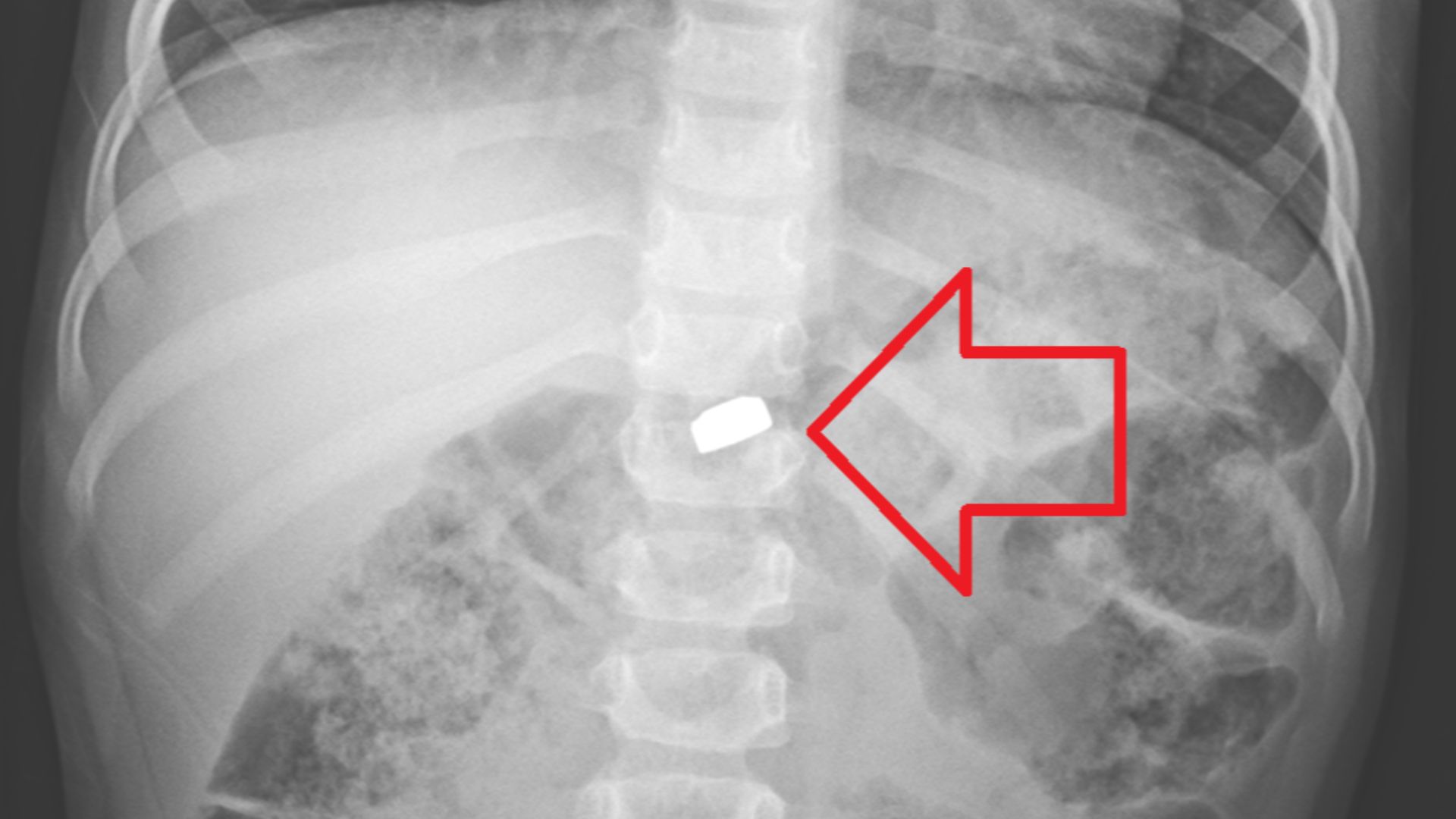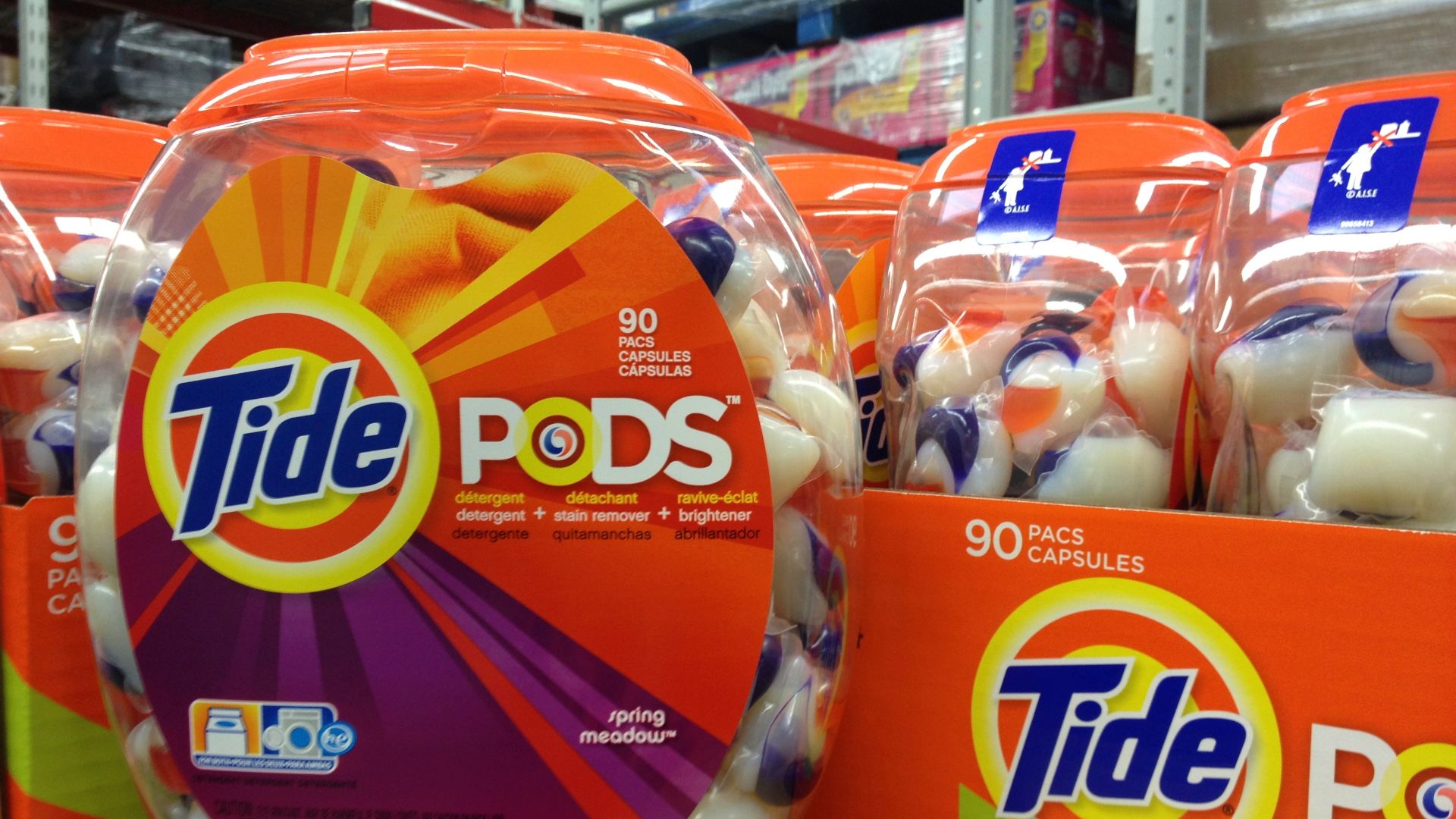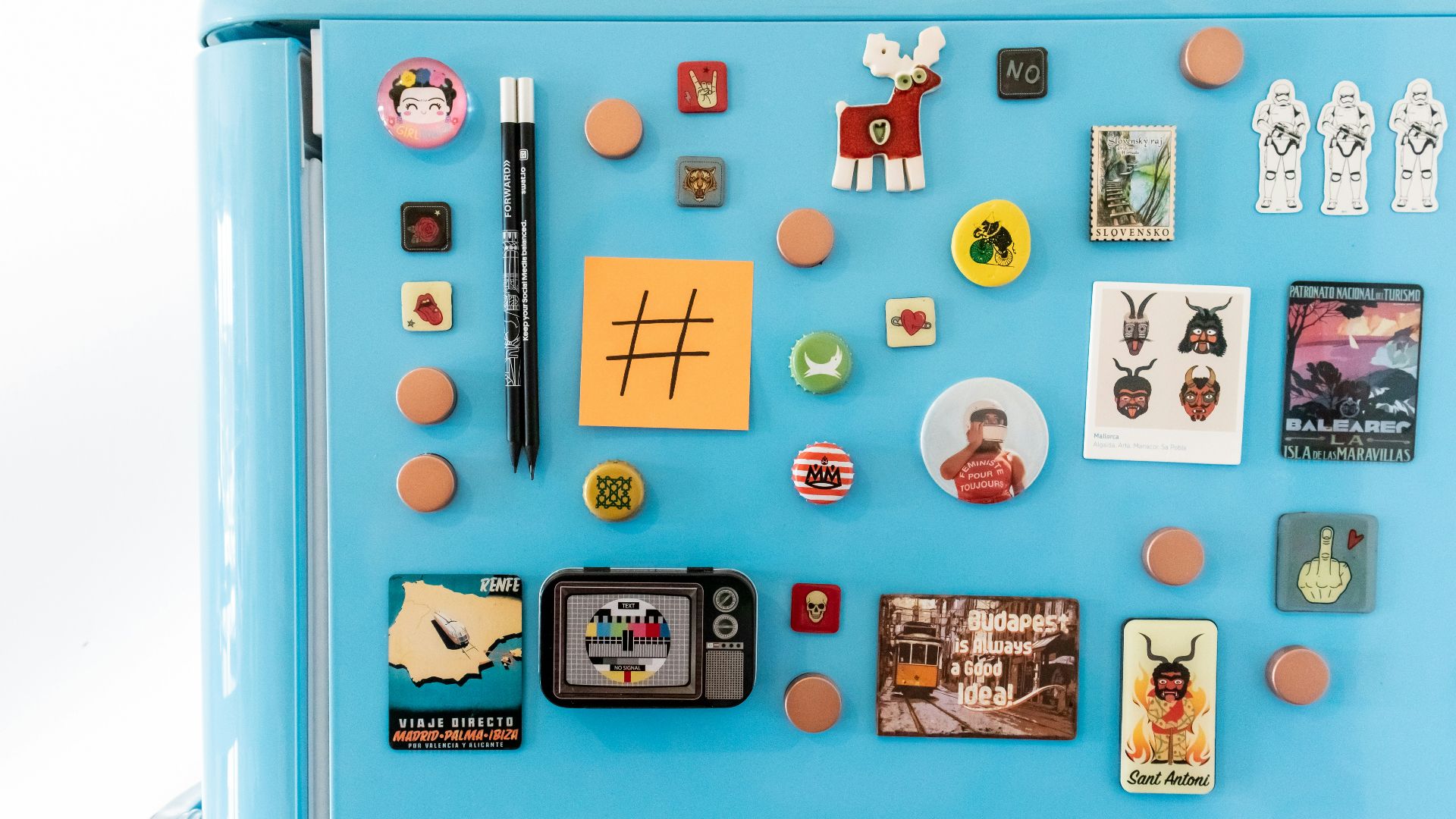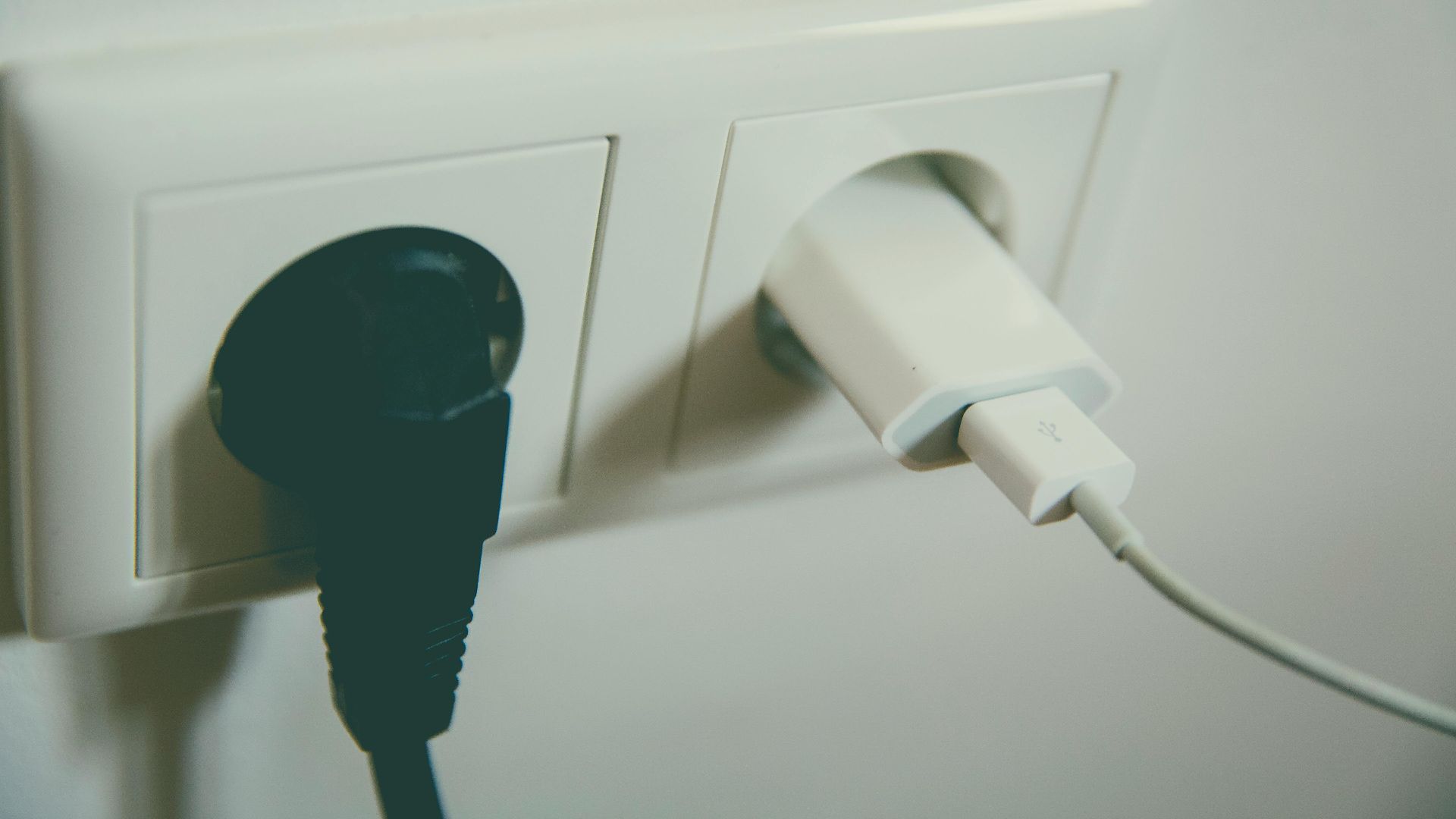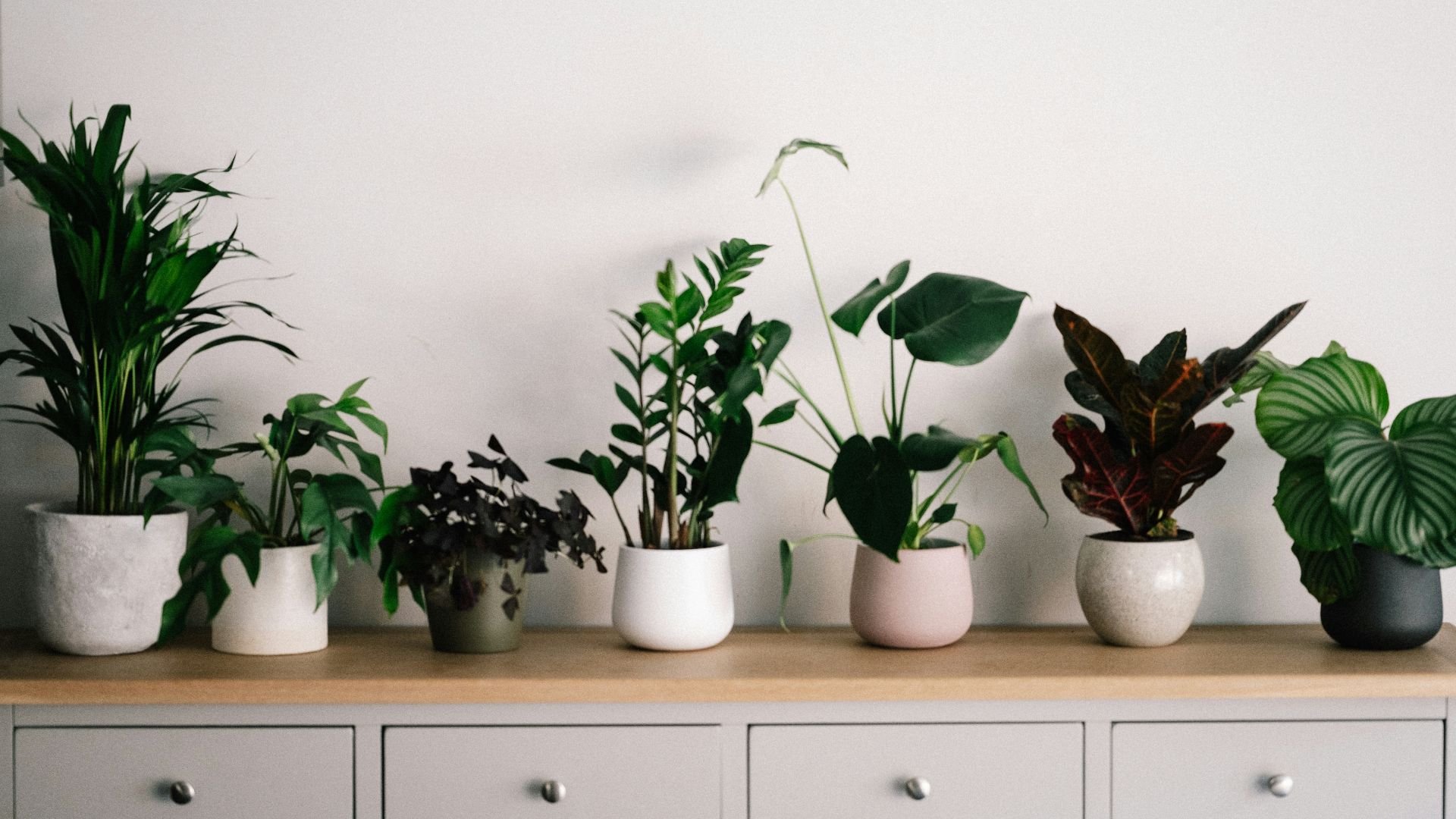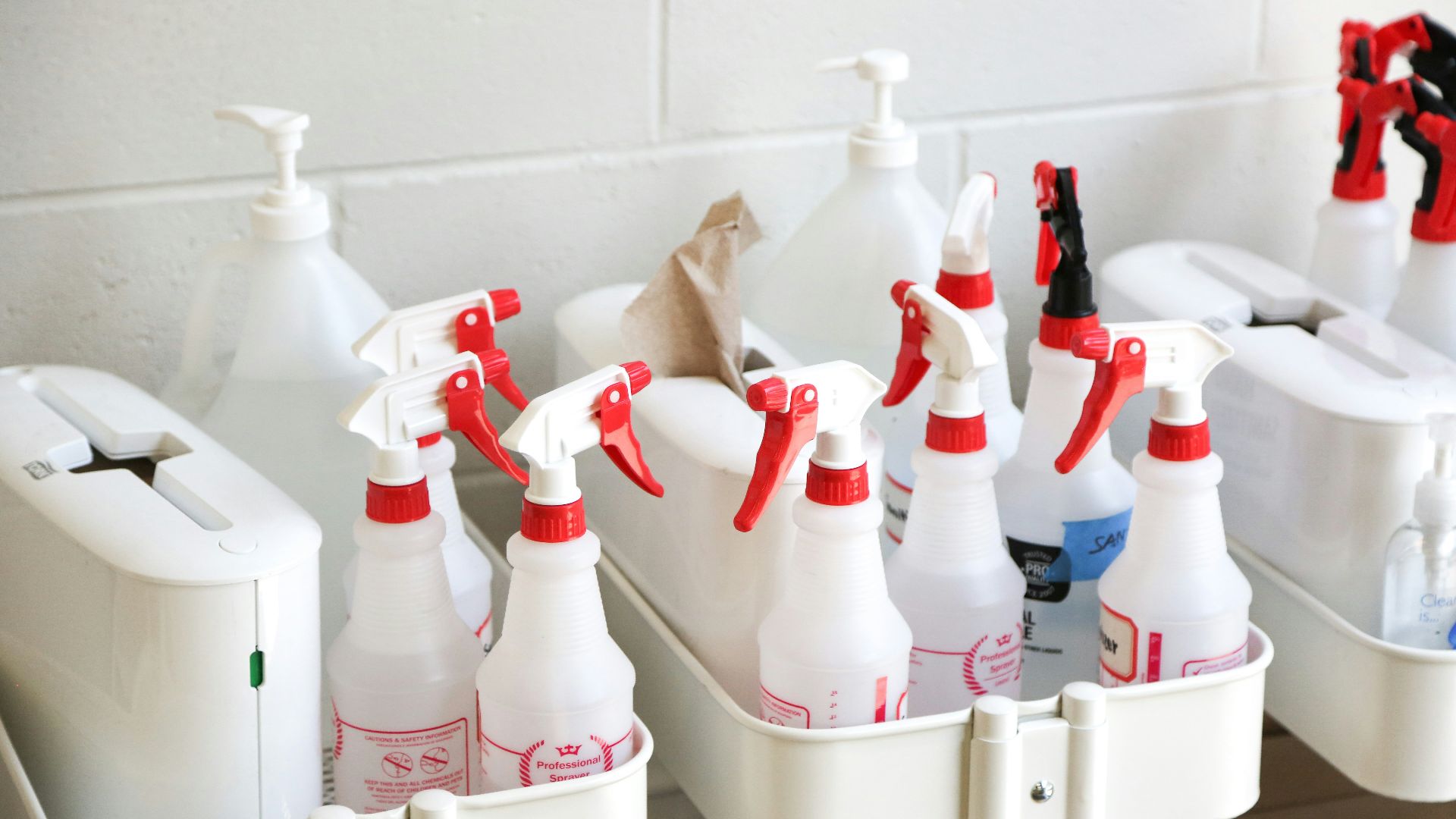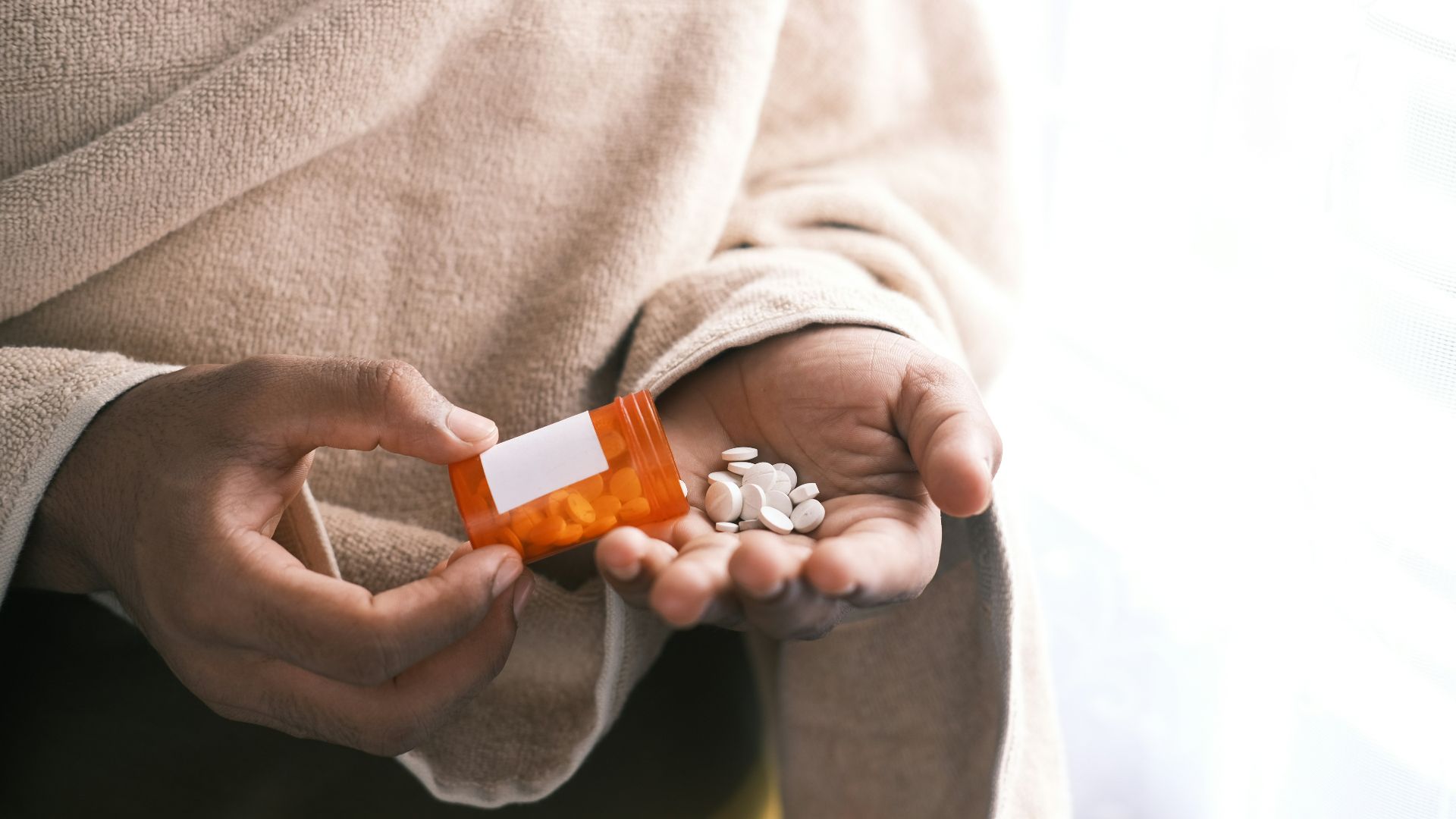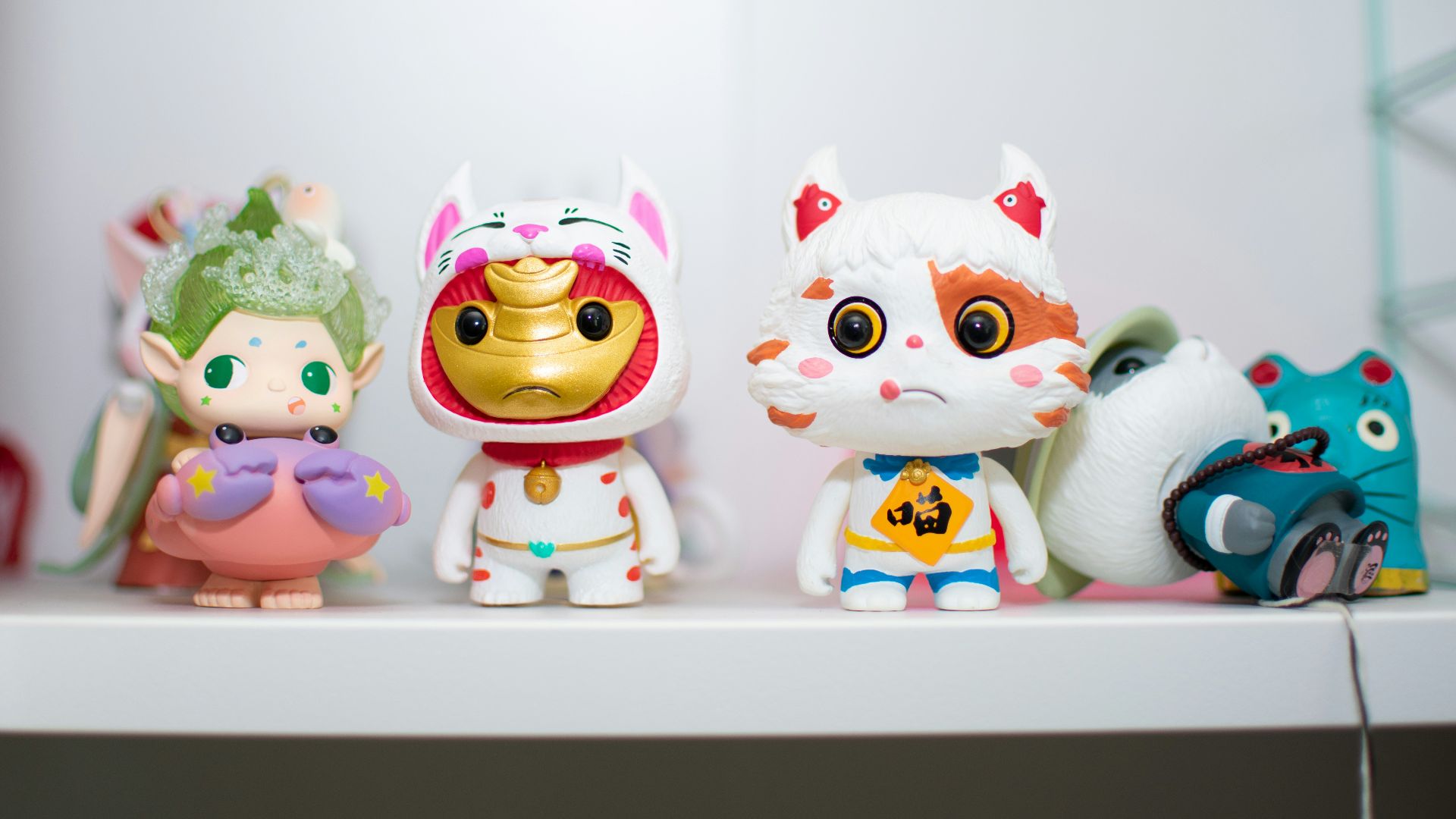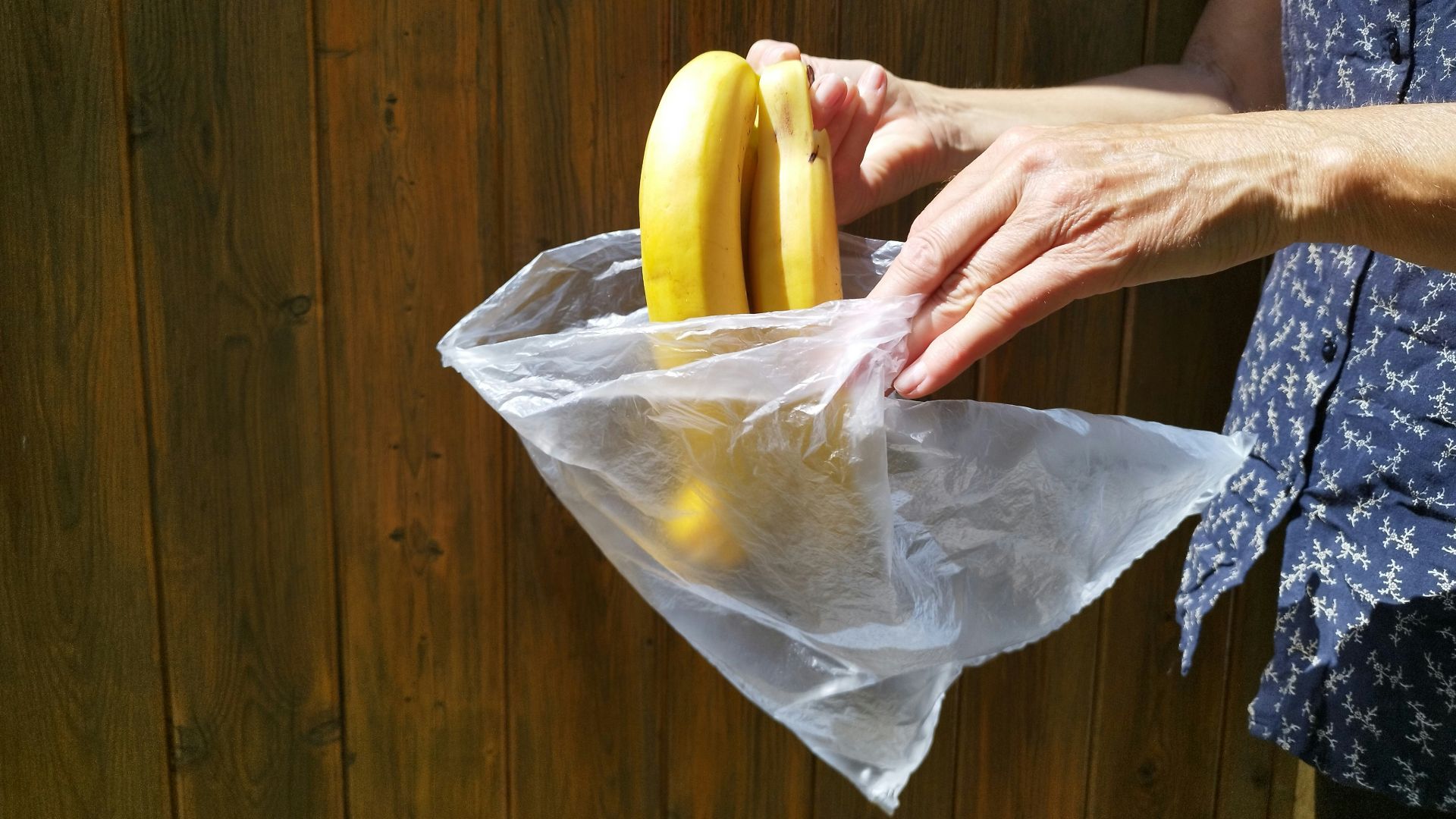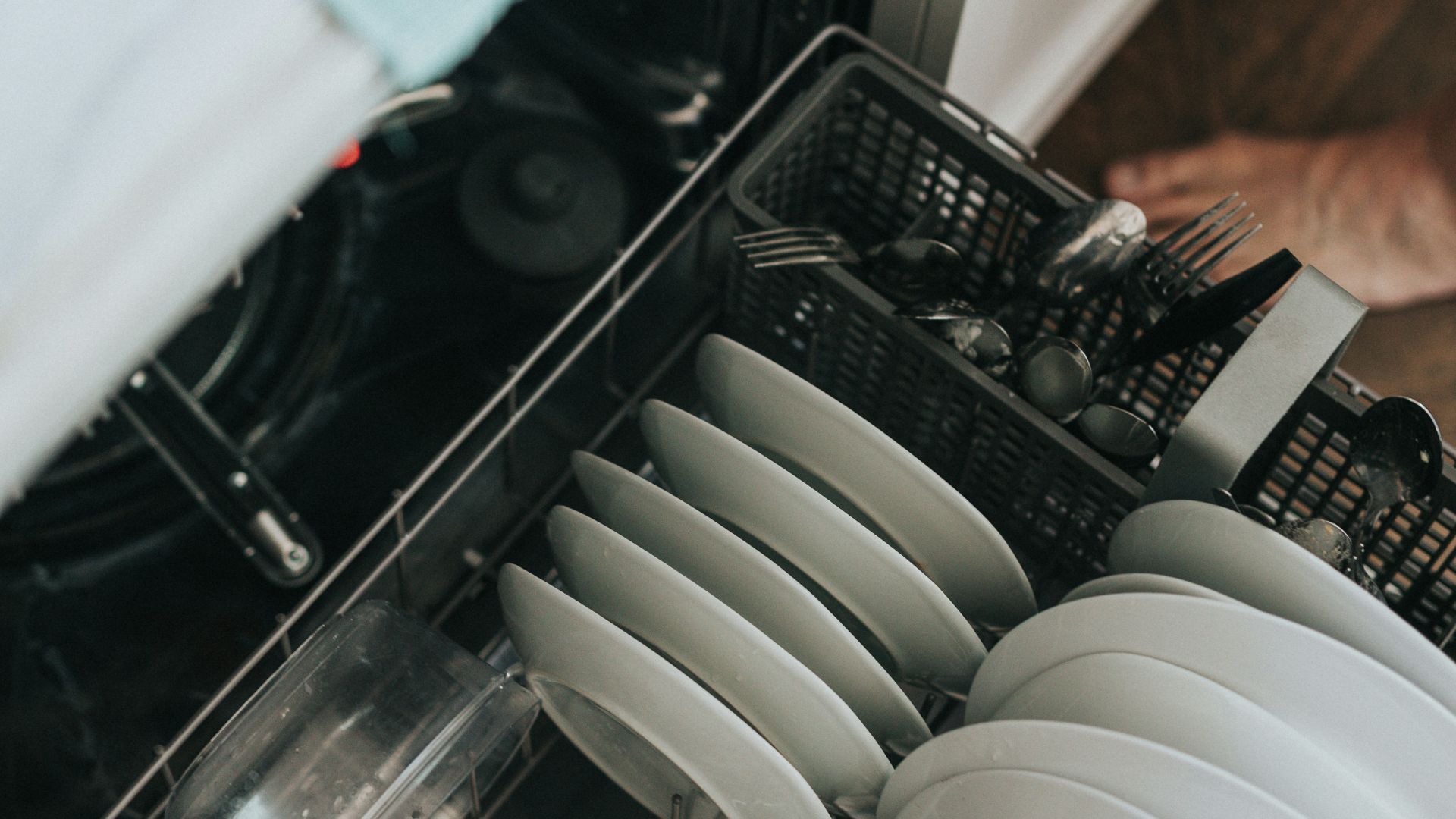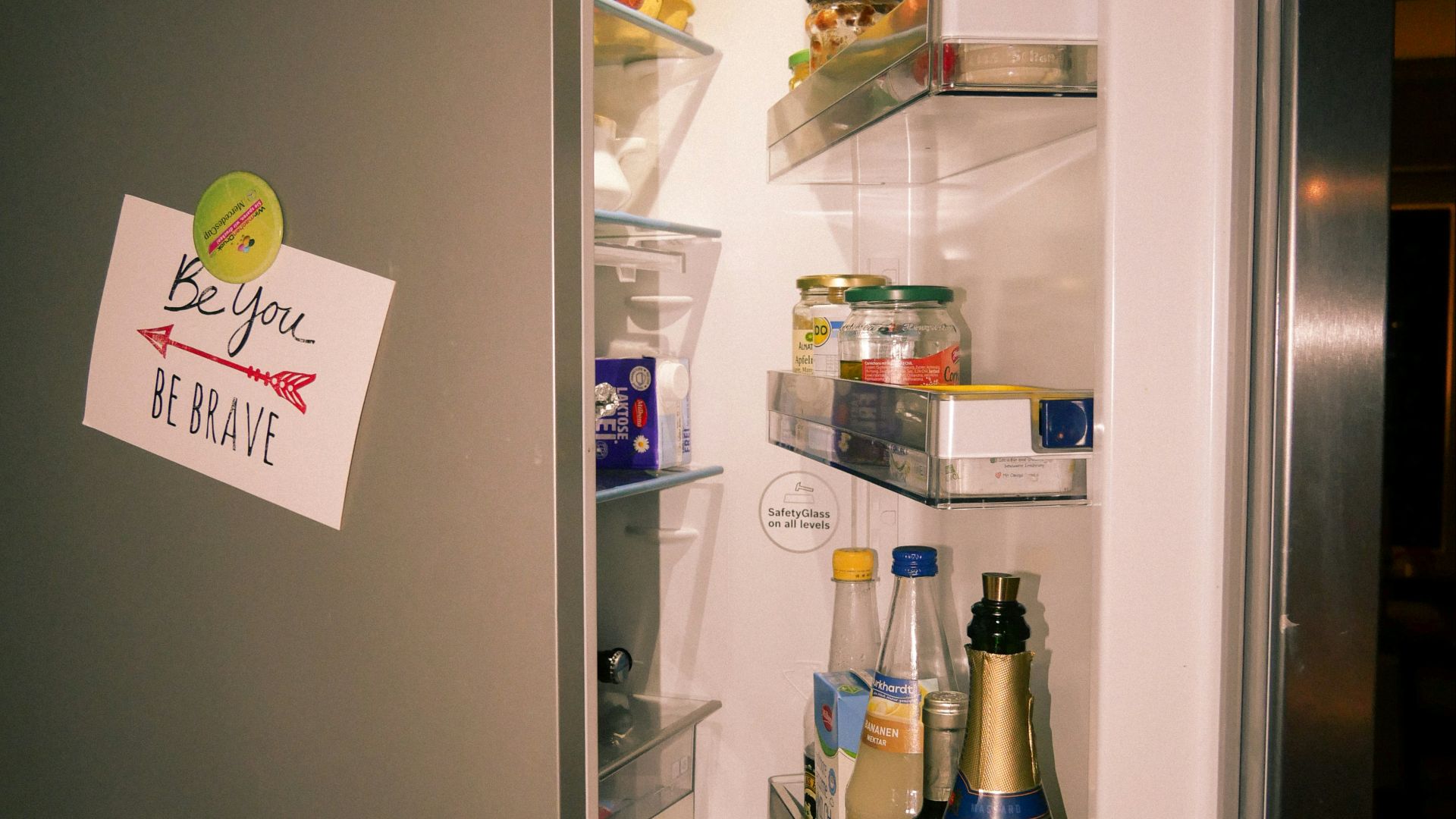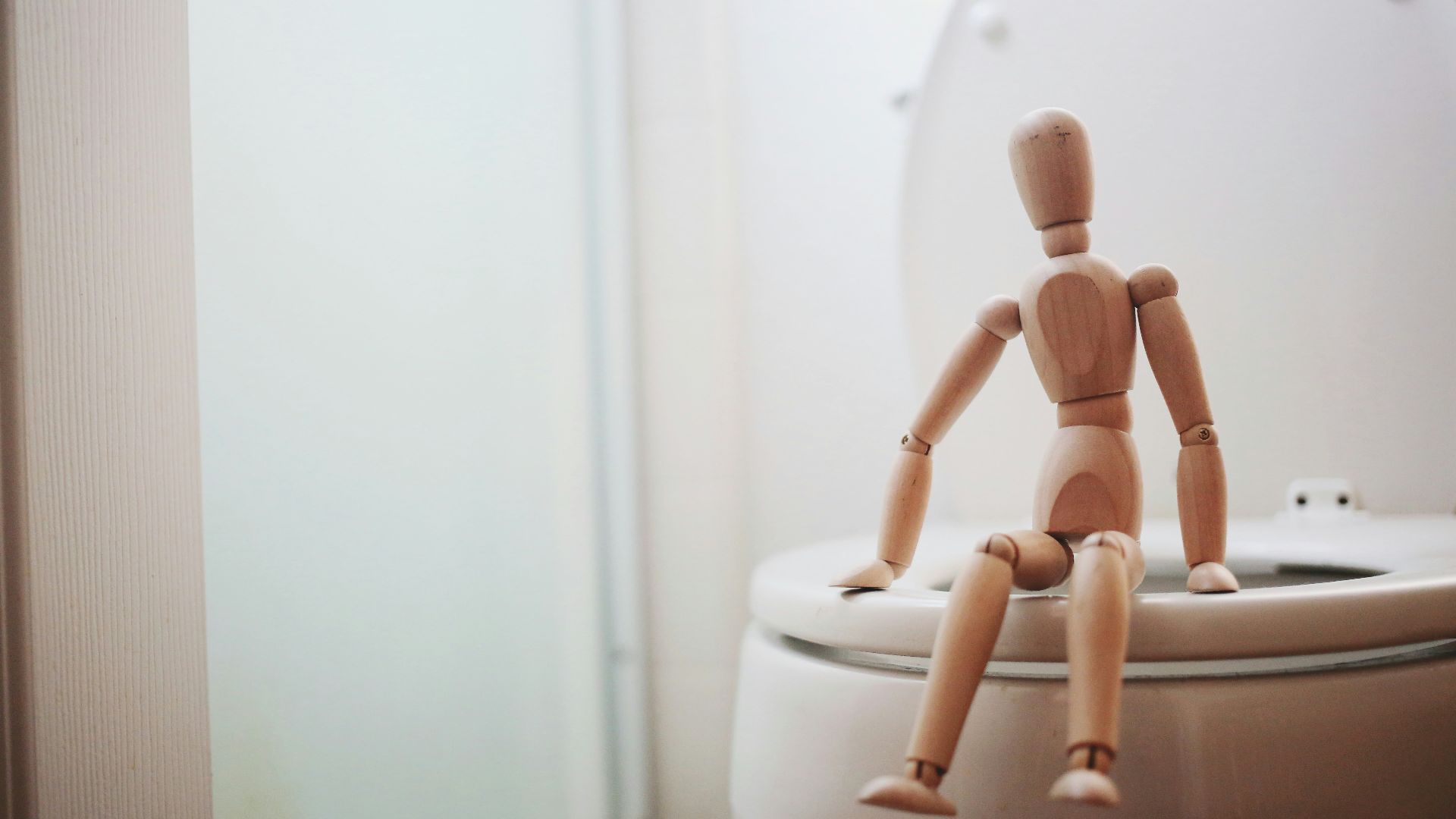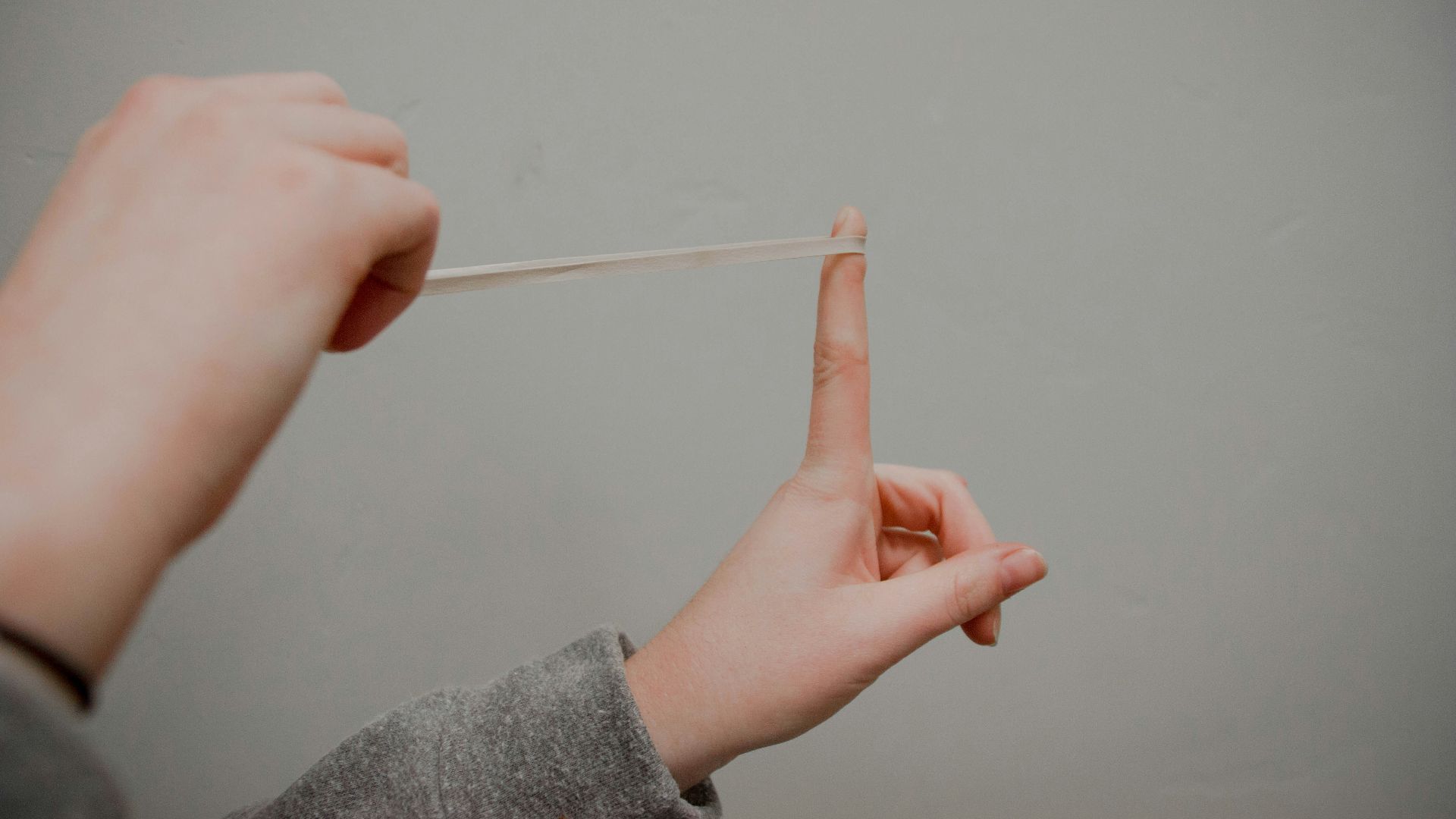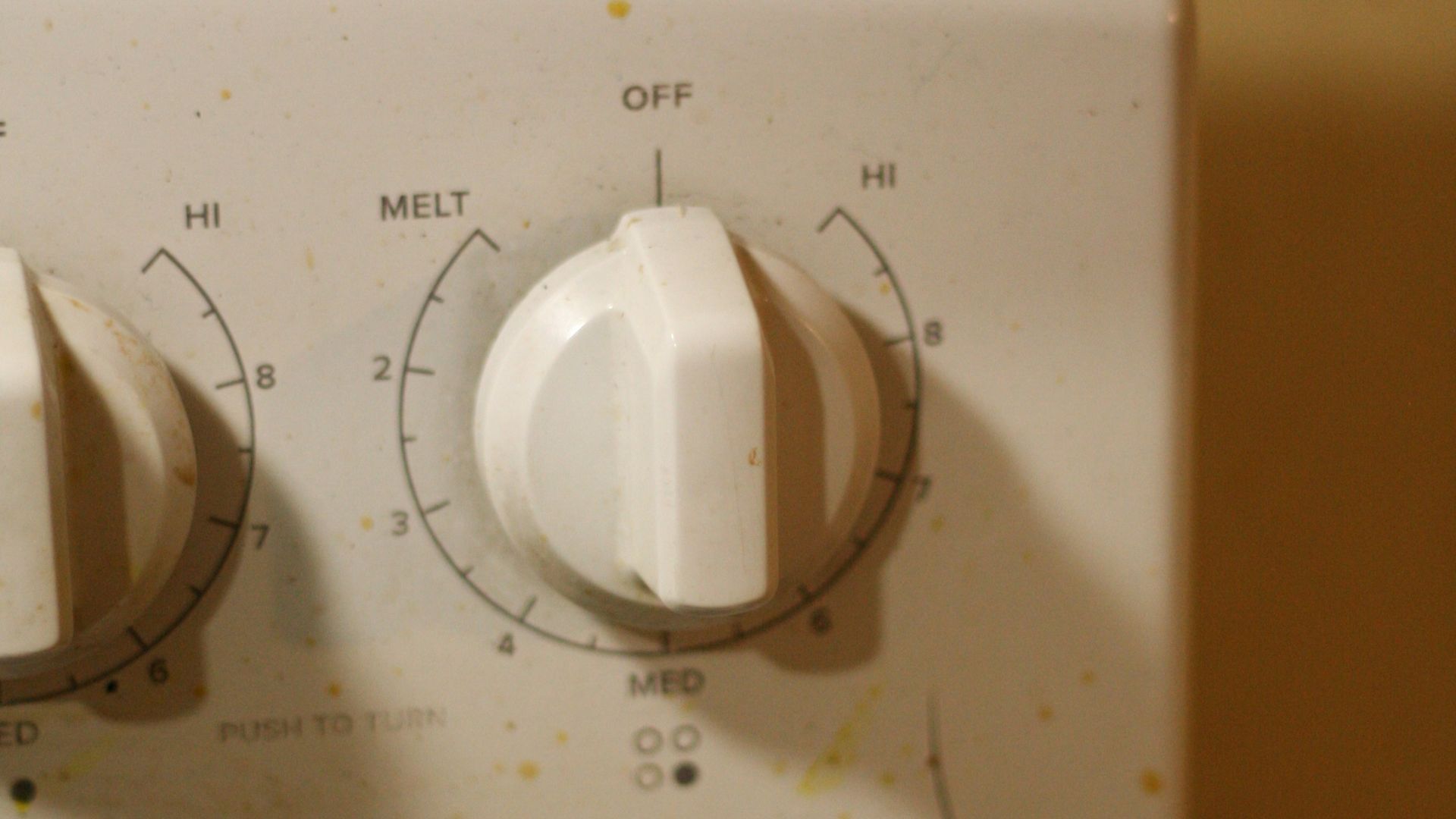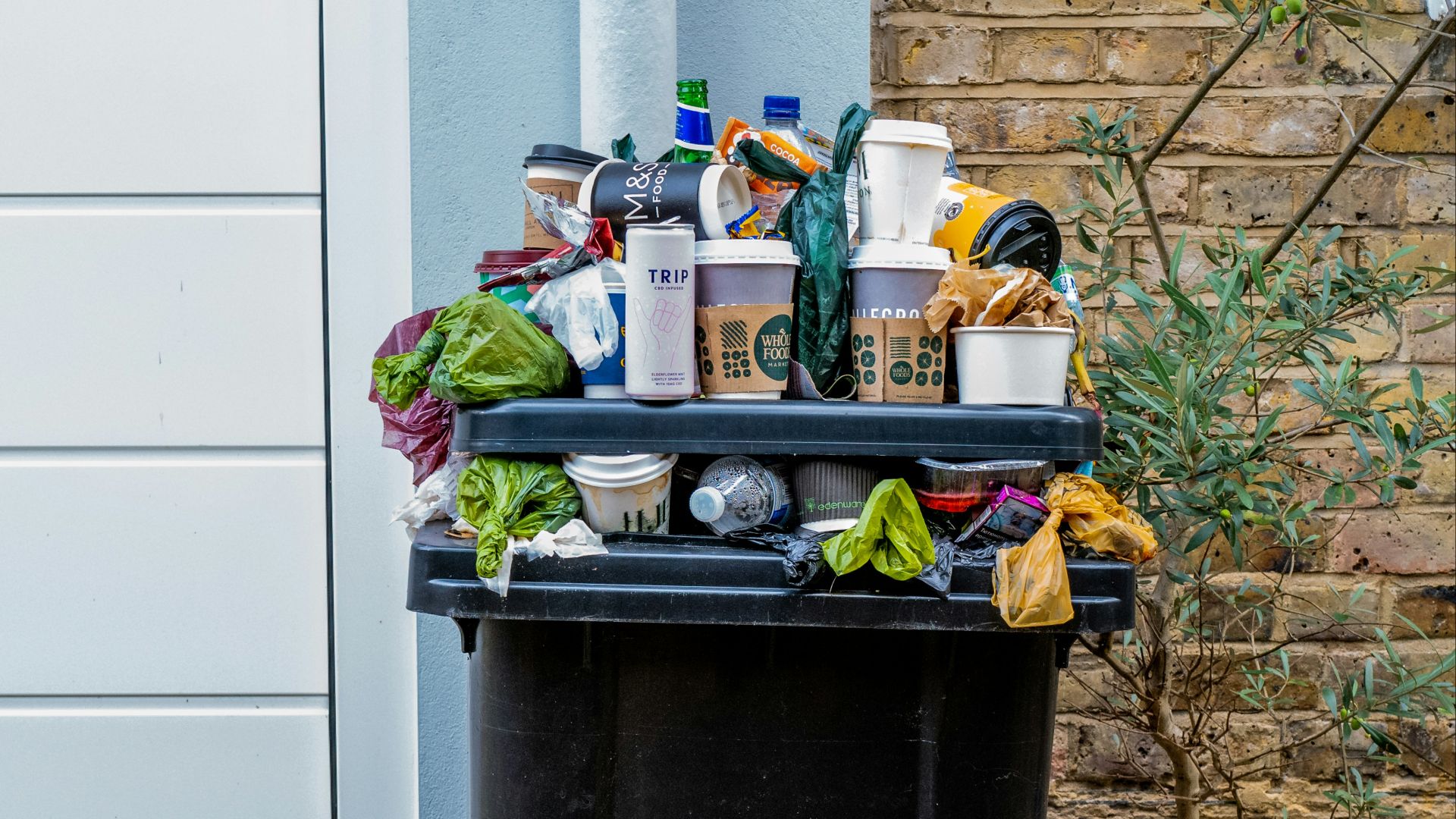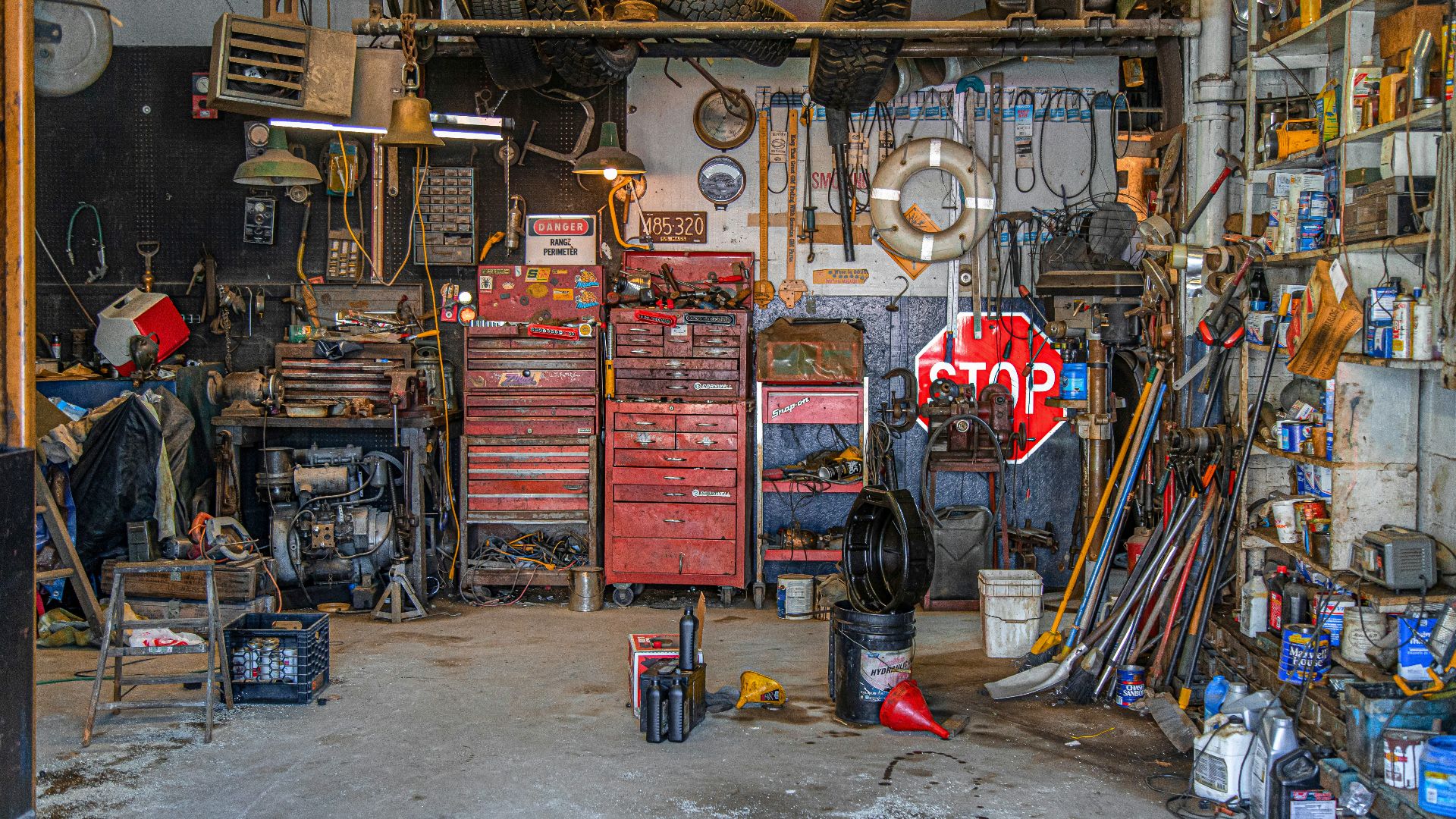The Hidden Hazards Lurking in Plain Sight
We like to think our homes are safe. But for curious kids who climb, chew, and explore like tiny scientists with zero self-preservation instincts, danger hides in the commonplace items we adults dismiss as harmless. Sometimes the danger is as obvious as a hot stove, but other times it lurks in things we handle a dozen times a day without a second thought. And that’s what makes them tricky. Because you don’t always notice what could go wrong until it does. Here are 20 everyday items that can be dangerous for your kids.
1. Laundry Pods
What toddler could resist these colorful, squishy balls that seem so much like candy? A few years back, these tiny detergent bombs became the star of every cautionary PSA. A child’s curiosity doesn’t stop simply because they’ve been warned, though. Keep them high, sealed, and out of sight as if they’re actually forbidden snacks.
2. Button Batteries
These deceptively small discs hide in surprising places like remote controls, singing musical cards, and key fobs. Within hours of being swallowed, they can burn through tissue. Somehow, those battery compartments never seem as secure as the packaging claims.
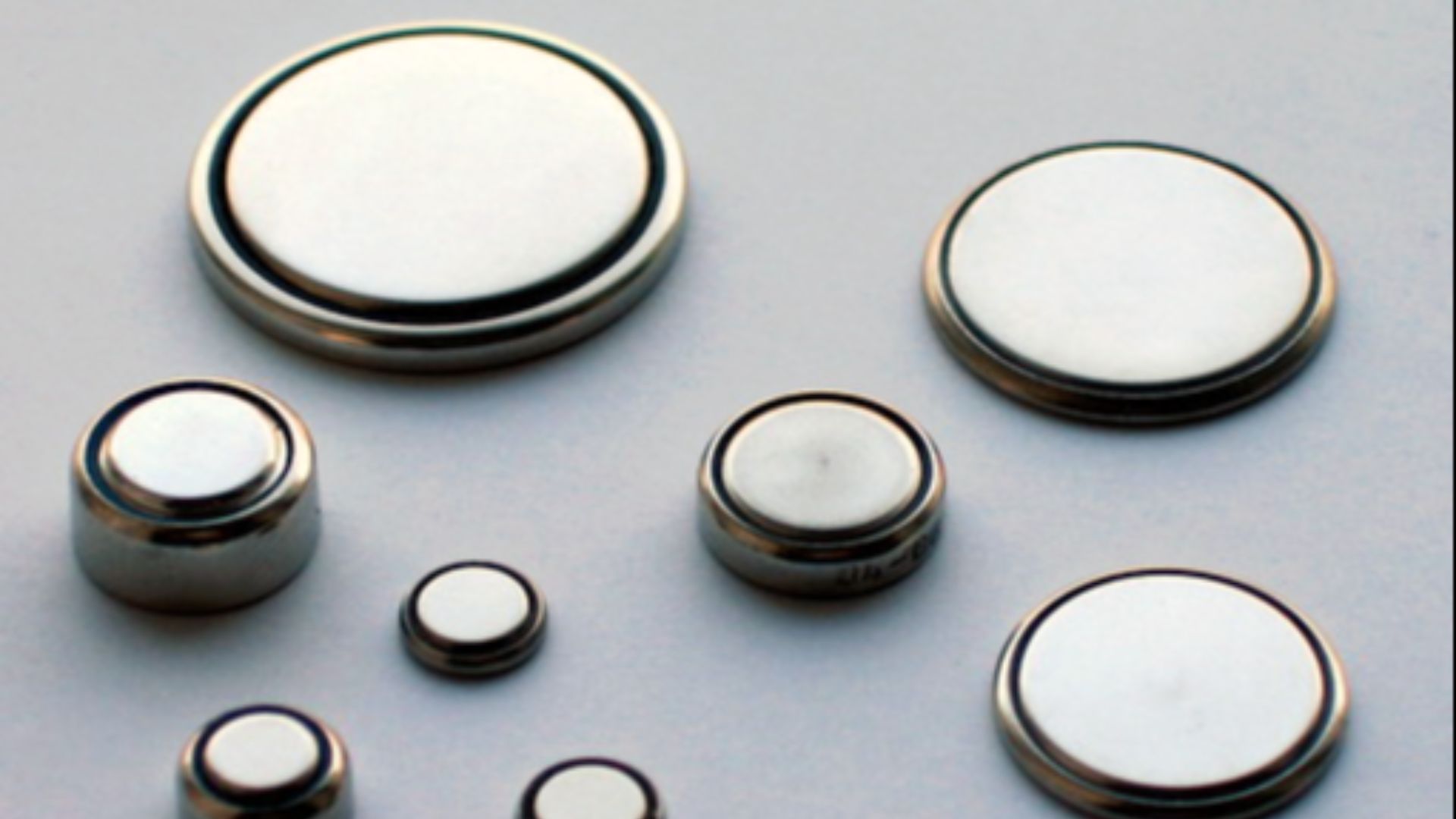 Gerhard H Wrodnigg on Wikimedia
Gerhard H Wrodnigg on Wikimedia
3. Magnets
A single magnet isn’t the end of the world, but two can be catastrophic. When swallowed, they attract through intestinal walls and cause perforations. Kids love that satisfying click sound when magnets connect and are often inspired to see if it tastes as good as it sounds.
4. Cords and Blinds
Dangling cords seem harmless until a loop catches a hyperactive toddler’s neck. One minute a child’s peeking through blinds, the next you’re fumbling with knots in a panic. It’s shocking once you notice how many cords are hanging within reach. Once you do, you can’t unsee them.
5. Houseplants
Who doesn’t love a splash of color indoors? But certain plants like philodendrons, dieffenbachia, and peace lilies can cause serious irritation if eaten. Kids don’t know the difference between vegetables and their poisonous counterparts. To them, a leaf’s a leaf.
6. Coins
A child can’t resist the mesmerizing glint of a coin underneath the couch. Coins are one of the most common choking hazards out there, yet we leave them everywhere. There’s always at least one dime or penny that finds its way out of your pocket onto the floor.
7. Cleaning Sprays and Disinfectants
There’s something comforting about the smell of lemon cleaner. It feels purifying, fresh. But those bright neon bottles are loaded with corrosives. The spray nozzle can be addictively fun for a young child as the mist settles out through the air. If it gets into their eyes, though, the caustic chemicals can cause some serious damage.
8. Medication
You’d think childproof caps would be enough, but they’re often no match against a determined three-year-old. Vitamins, too, can be an issue—particularly those gummy ones that look like candy. Pills of any sort should be high up and locked away beyond the reach of curious, reaching hands.
9. Furniture Corners
Every parent has a story about “that one fall” where a forehead met the corner of a table or some such misadventure. Those soft silicone corner guards work, but only if you remember to replace them after they inevitably fall off. Funny how you stop noticing edges until someone runs into one.
10. Small Toys and Pieces
Building blocks, beads, and puzzle bits may encourage budding creativity, but they also represent a treasure trove of choking hazards. The smaller the toy, the more appealing it seems. The vacuum is your daily landmine detector in the endless battle against inhalation risks.
11. Hot Beverages
All it takes is forgetting your coffee mug on the edge of the table. A kid’s reach grows faster than you realize, and with one little tug on the tablecloth, that hot coffee can become a burn. Keep that hot drink firmly in your hand, because nobody wants to go to the ER over a latte.
12. Plastic Bags
Children get amused by the simplest things, and a bag that crinkles and floats in the gentlest breeze can make a pleasant distraction. It can also suffocate. You tell yourself your kids know better than to put it over their heads, but curiosity beats the memory of past lectures every time.
13. The Dishwasher
This one’s a practical arsenal of dangerous kitchen tools. If it’s not the knives, it’s the detergent pods or the heavy door that can pinch delicate little fingers. Toddlers can’t help but zero in on the most dangerous items in the kitchen like a self-sabotaging heat-seeking missile.
14. The Fridge Door
This may seem like an odd one, but think about it—the glass jars, the heavy shelves, and bottles of who-knows-what. Kids love to climb the lower shelves or swing from the handle like it’s a jungle gym. One broken bottle of mayonnaise can turn your floor into a dangerous skating rink.
15. The Toilet
Yes, the toilet. Drowning risks are real, especially for toddlers. A few inches of water is all it takes. Also, that fascination with flushing things is a hazard for your plumbing, if not for them. Half their missing toy population has probably taken that route into your septic tank.
16. Pet Food and Bowls
We fill our pet’s bowl on the floor without even thinking that our child might end up sampling the dog’s kibble. It never seems to fail that a baby crawls directly toward the one thing they’re not supposed to touch. It’s practically a law of nature.
17. Hair Ties and Rubber Bands
These stretchy bands seem innocent, but they snap, tangle, and have the potential of getting stuck on fragile hands. It’s shocking how many little things can cut off circulation. Also, they multiply mysteriously, like socks in reverse.
18. The Stove Knobs
Kids love everything about knobs. They’re like little mystery devices that trigger exciting little reactions. Unfortunately, a turned knob on a stove can release both gas and flames. Child locks exist for a reason, though they somehow break more easily than the things they’re meant to secure.
19. The Trash Can
While it’s unpleasant for us, for a young child it’s a smorgasbord of smells, colors, and textures. Between sharp can lids, spoiled food, and the occasional glass shard, it’s a chemical cocktail of danger. One rummage session and you’ll find yourself moving the garbage can into the garage.
20. The Garage
Although technically this room is outside of the house, it’s close enough to pose a hazard. Garages are where curiosity meets chaos. Paints and solvents all beg to be opened and sampled. And those boxes stacked just a little too high are just waiting for gravity to release them.


